@ Meta Description: A remote water meter increases efficiency and sustainability while saving money. Discover how it works in our comprehensive guide.
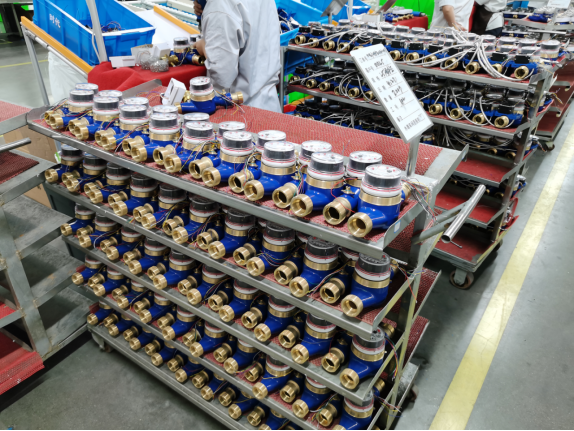
As we navigate the evolving landscape of technology and sustainability, the integration of remote water meters presents a compelling intersection of efficiency, cost savings, and environmental stewardship. These smart devices, powered by GPRS technology, are not only redefining how water consumption is tracked and managed, but also transforming our relationship with this critical resource.
However, as with any innovative solution, understanding its full potential, mitigating challenges, and leveraging its benefits necessitates a comprehensive exploration. In this discussion, we invite you to join us in examining the intricacies of remote water meters, offering a fresh perspective on their role in shaping a sustainable future.
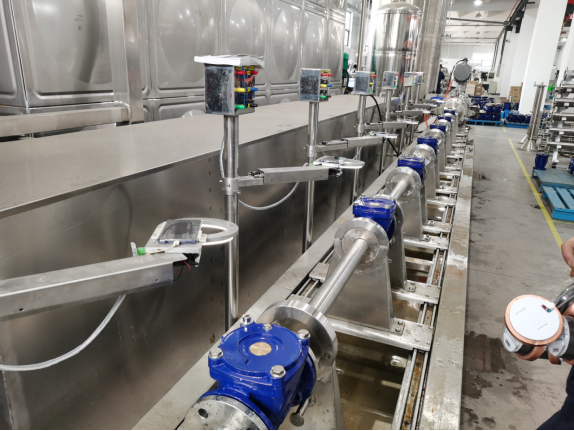
• Real-time data collection for quick anomaly detection
• Elimination of manual readings for cost savings
• Enhanced accuracy in billing to prevent overcharging
• Contribution to water conservation efforts and sustainability
• Pulse-Output Water Meters enable remote reading through electrical pulses for each unit of water flow.
• Various options such as Omnimeter Pulse v.4, Omnimeter HV v.5, EKM-ioStack, and EKM Push3 gateway facilitate remote meter reading.
• Short-range wireless solutions like 485Beewireless mesh, Encompass.io, Dash software, and USB Converter are available for remote water metering.
• Different smart water meter options like Bluebot Clamp-on Ultrasonic Water Meter, StreamLabs Clamp On Smart Home Water Meter, and Wireless Meter Reading System offer remote access and monitoring capabilities.
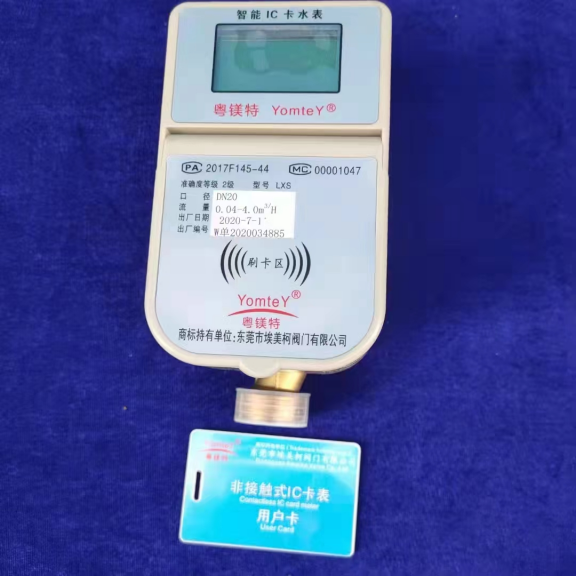
https://www.youtube.com/watch?v=tvYqv8NO5IQ
Grasping the concept of remote water meters involves understanding how GPRS technology enables real-time data transmission over cellular networks, providing benefits such as accurate monitoring, anomaly detection, and precise billing. Unlike traditional water metering systems, GPRS meters offer continuous real-time data ensuring consistent accuracy and remote diagnostic capabilities. This advancement in remote monitoring paves the way for enhanced efficiency in water management.
Despite challenges such as signal interruptions and security concerns, GPRS water meters have found applications in residential, commercial, industrial, and agricultural settings. The technology's robustness and adaptability make it suitable for various environments, contributing to its widespread acceptance and adoption.
Moreover, the sustainability aspect of GPRS water meters cannot be overlooked. By providing precise data, these meters allow for more effective resource allocation, thus reducing wastage. This not only enhances sustainability but also leads to significant cost savings.
What are the potential advantages of employing remote water meters?
The benefits of remote water meters are numerous and multifaceted, but they can be summarized under three main categories: efficiency, savings, and sustainability.
• Efficiency: Remote water meters provide real-time data collection for instantaneous monitoring. This enables water companies to quickly detect any anomalies and intervene promptly. The integration of these meters with the Internet of Things (IoT) allows for smarter and more efficient water management.
• Savings: Remote water meters eliminate the need for manual readings, leading to substantial cost savings. Furthermore, their enhanced accuracy in billing prevents overcharging, creating financial savings for consumers.
• Sustainability: By allowing for early detection of leaks or abnormal usage patterns, remote water meters contribute to water conservation efforts, playing a vital role in sustainability.
The enhancement of operational efficiency through remote reading is a significant benefit, as it enables real-time data collection and analysis, transforming traditional water meters into smart devices. Remote water meters provide accurate and reliable data, eliminating the need for manual readings and ensuring billing precision.
The integration of these meters with IoT allows for predictive analytics, proactive leak detection, and support for smart city initiatives. In effect, remote reading turns a simple meter into a powerful tool for efficient resource management.
The table below highlights the transformation brought by remote reading:
Traditional Meter | Remote Water Meter | Impact |
Manual readings | Real-time data collection | Enhanced efficiency |
Reactive maintenance | Proactive leak detection | Cost savings |
Limited functionality | Integrated with IoT | Sustainability |
Inaccurate billing | Precise billing | Customer satisfaction |
The deployment of remote water meters results not only in operational efficiency but also in significant savings. It streamlines operations and makes resource management more sustainable. In conclusion, the shift from traditional meters to remote reading is a progressive step towards efficiency, savings, and sustainability.
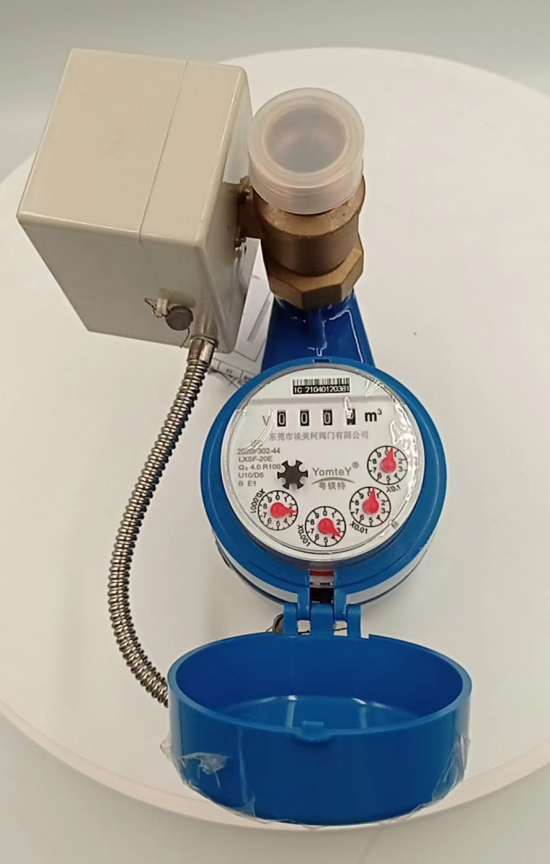
Building on the enhanced efficiency brought about by remote water meters, it's crucial to note the significant cost savings these devices offer as well. With the integration of GPRS technology, these meters are capable of real-time monitoring that allows for early anomaly detection, thereby reducing the cost implications of potential water leaks or misuse.
The cost-savings associated with remote water meters can be primarily attributed to:
• The elimination of manual readings, increasing overall operational efficiency and reducing the risk of human error.
• Continuous real-time data collection, ensuring accuracy and timely detection of anomalies.
• The potential for integration with IoT devices and predictive analytics, which can significantly enhance water conservation efforts and further promote sustainability.
Given the wide-ranging applications across residential, commercial, industrial, and municipal sectors, the installation of a remote water meter system is a cost-effective measure that also contributes to streamlined operations and more efficient water distribution.
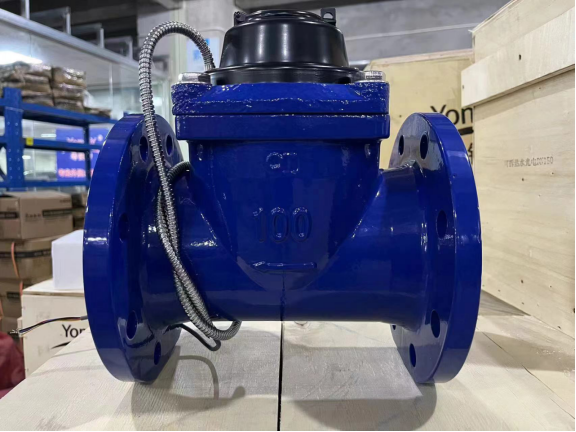
In the face of growing environmental concerns and resource scarcity, the role of remote water meters in promoting sustainability is increasingly significant. These devices aid in efficient and sustainable water management by identifying inefficiencies, thereby contributing to cost savings and conservation efforts.
Smart metering systems foster sustainability by tracking consumption continually and detecting leaks in real time. This constant monitoring significantly reduces water wastage and the associated environmental impact. Moreover, it empowers individuals to adopt sustainable practices, providing them with valuable insights for water and energy conservation measures.
Beyond water conservation, advanced meters also promote energy efficiency. By tracking utility consumption in real-time, these tools help identify and rectify wasteful patterns, contributing to a reduced carbon footprint. Research suggests that the widespread adoption of smart water meters could potentially reduce carbon emissions by 2.6 gigatons by 2030. This translates to saving up to $80 billion in energy costs over 20 years in the U.S. alone, highlighting the immense potential of remote water meters in preserving precious water resources and promoting environmental sustainability.
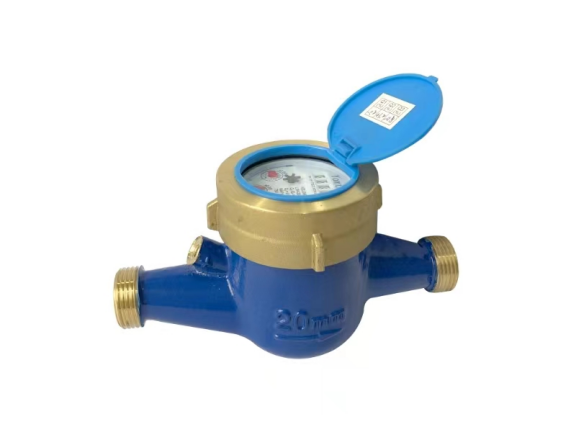
How does one select the ideal remote water meter for their specific needs? The process involves considering several key factors to ensure efficiency, savings, and sustainability. Choosing the right remote water meter is not just about going for the most advanced or priciest option. It's about identifying a solution that aligns with your unique reuirements and infrastructure.
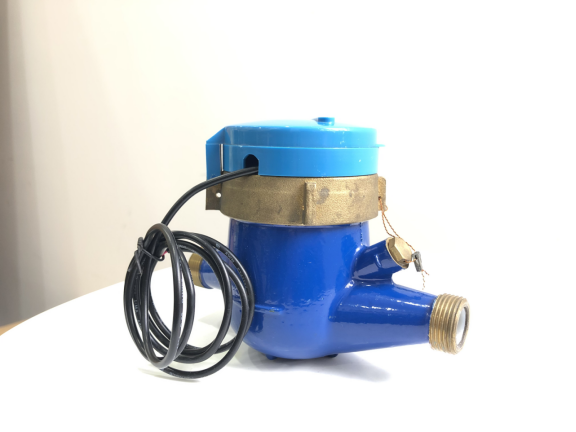
Here are some key considerations:
• Compatibility and Integration: The remote water meter should seamlessly integrate with existing infrastructure. It should also offer compatibility with smart systems to enable advanced features and functions.
• Data Security and Privacy: Given the sensitive nature of water usage data, opt for meters with robust encryption protocols. Transparency in data policies is equally important to address any privacy concerns.
• Cost-effectiveness and Long-term Savings: While initial setup costs are a factor, the focus should be on long-term operational savings. The right meter would minimize maintenance challenges and offer reliable connectivity, resulting in significant savings over time.
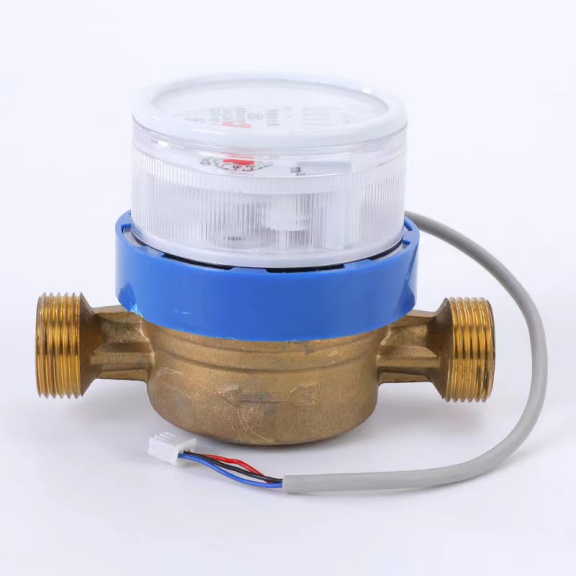
To save money on your water meter, consider installing water-efficient appliances, regularly monitor for leaks, implement a rainwater harvesting system, use smart irrigation systems, and encourage water-saving practices among residents.
The AMI system for water meters is an Advanced Metering Infrastructure that enables remote, automated reading and management. It leverages communication technologies for real-time data transmission, supporting accurate billing and efficient water management.
Smart water meters may present disadvantages such as potential security vulnerabilities, reliance on stable internet connection, high initial setup costs, risk of obsolescence, and consumer resistance due to privacy and data control concerns.
Yes, water meters can be read remotely using technologies such as GPRS. This enables real-time data collection, early anomaly detection, and increased accuracy, transforming traditional meters into efficient, smart devices.
Copyright © YomteY Group Co., Ltd. All Rights Reserved | Sitemap